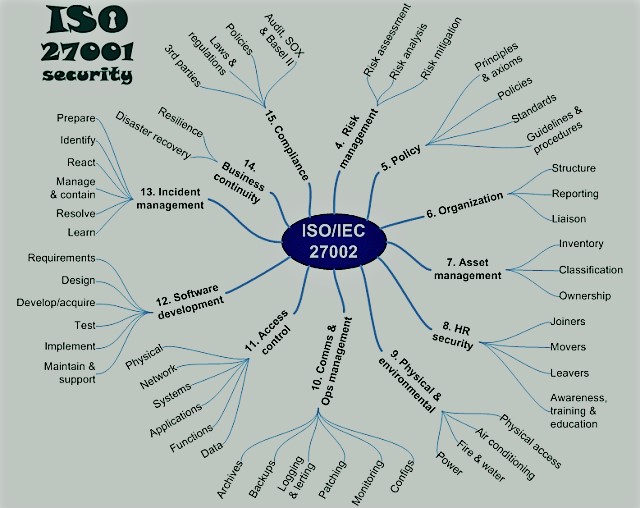
The Principles of Network Design – Part 4
 As discussed in Part 3, a company’s network design should help the organization meet its Business Requirements, give it Business Continuity capability, and provide the adequate Elasticity to allow it to cope with business developments. Part 4 will cover How IT Enables Business Innovation.
As discussed in Part 3, a company’s network design should help the organization meet its Business Requirements, give it Business Continuity capability, and provide the adequate Elasticity to allow it to cope with business developments. Part 4 will cover How IT Enables Business Innovation.
How IT Enables Business Innovation
Modern businesses use IT technology to innovate and improve their customer service. When an emerging technology can enable a company to be more competitive in the marketplace and raise customer satisfaction, it will be typically acquired by the business, and its features will be integrated into its network.
A great example of the above is the rapid growth of cloud-based data centers, which are allowing new companies to drastically decrease their capital expenditure and allowing their scaling at will. However, they will still require a high performing data center that has the qualities of flexibility and reliability.
Requirements
A company’s industry and how it began will help a network designer to quickly grasp its underlying requirements. It is obvious banking will certainly need information security. Thus, the network design for banking has to provide the required security capabilities to be adopted by the industry. Moreover, a designer must keep in mind the industry’s standards that are applicable to IT infrastructure and services.
Priorities
Every organization makes priorities that revolve around its business objectives. They should be factored in an IT network infrastructure’s planning and design. Keeping in mind a company’s priorities will help produce a network that successfully supports its business activities.
Suppose an organization’s network for business communication requires (as numbered in importance of priority): 1) collaboration, 2) interactivity, and 3) mobile access. Accordingly, the first two features required must be provided prior to satisfying the third requirement.
In conclusion, a network designer must be cognizant of a company’s business priorities in order to be able to successfully create a network that serves its needs.
Progressive Office Cabling
Founded in 1986, Progressive Office’s success has been a direct result of years of commitment to seeking solutions on behalf of our clients in the Washington, D.C. and New York City areas. Efficiently working together, Progressive teams get cabling installed and operating as fast as possible while minimizing disruption and downtime. Call our toll free number (800) 614-4560 today.


 As discussed in Part 2, Top-Down Logic is used for the process of Preparation, Planning,
As discussed in Part 2, Top-Down Logic is used for the process of Preparation, Planning, 
 Today’s
Today’s